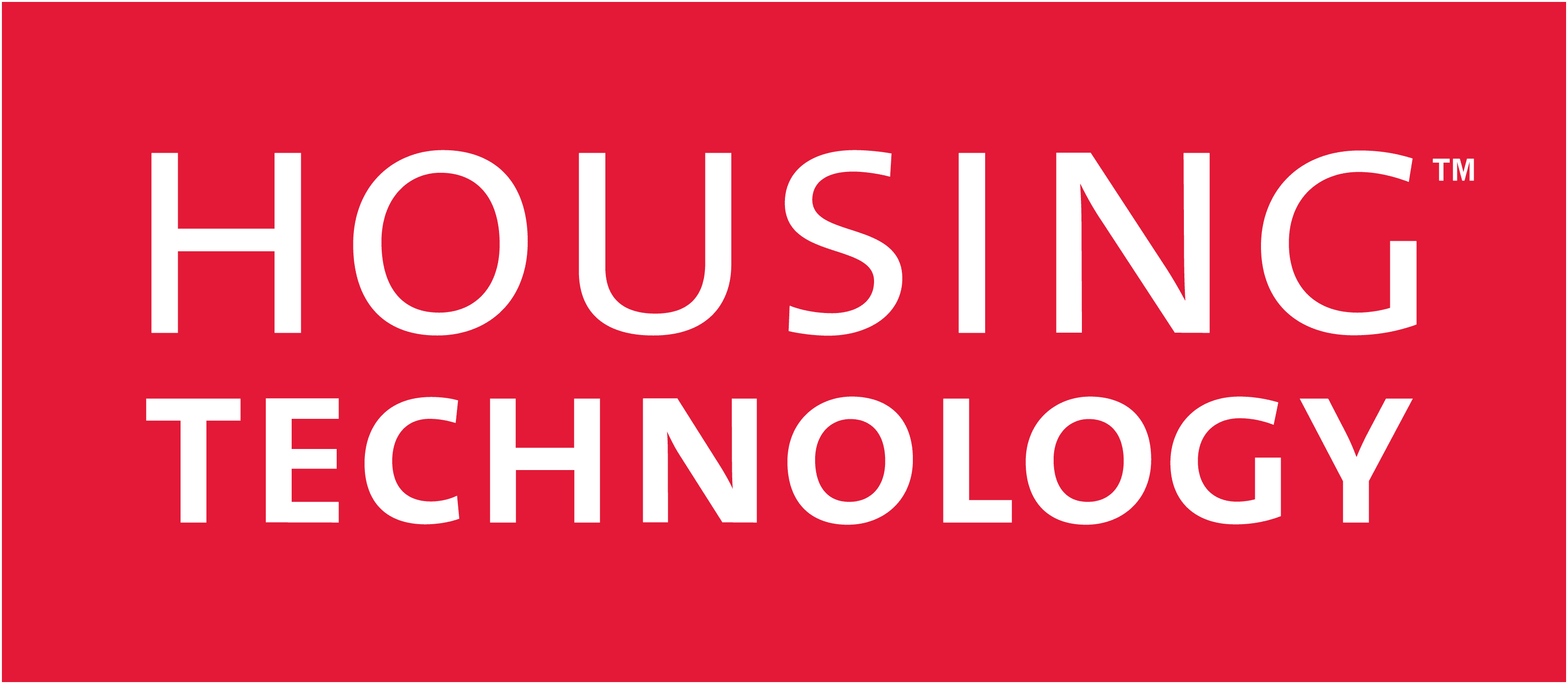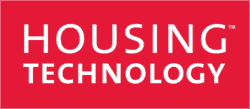Data collection has been a general practice for most companies ever since the first customers agreed to pass on their names and addresses with a purchase. This information was then stored in a database and used primarily to keep track of operations or forecast needs.
Today, both the sources and volume of the data collected have exploded, creating a remarkable asset that can lead to insights into products, services and customers. To keep up with the speed of the data revolution, organisations need to invest in the implementation of new processes, innovative technologies and governance mechanisms, allowing them to reuse and extract value from large volumes of information.
When it comes to the housing sector, the classic data processing pipeline – capturing operational data in large volumes, transforming it and accessing it – is still valid, but the kind of data captured, the amount that must be stored and the complexity of the processing and analysis required to digest it has changed dramatically. All in all, for the housing sector, embracing big data means moving away from physical documents in briefcases, from hundreds of copies of documents stored on laptops and desktops, from customer data received in standard formats placed in different systems and diving head first into the digital and mobile universes. Things are not as complicated as they seem and by following just a few simple steps, technology can become an organisation’s greatest ally in dealing with the avalanche of information, from capturing, to storing, accessing, displaying and using it effectively.
Capturing
When it comes to capturing data, one of the key tips is to make sure that all areas of the customer profile are recorded. Everything can be captured in a digital format to create complete datasets that offer a full picture of each individual case by merging e-mails, multi-media (photos, videos, audio recordings), scanned documents and e-forms. New technologies have also helped in the development of smart applications that allow data capture at the sharp end, such as scanning from mobile phones, making it very easy for all parties to share documents and add them to customer folders.
An additional step that might make things a lot easier further down the big data path is validating the information against back-office systems to make sure it is correct. An apparently simple error might interfere with accessing processes and could cause major issues. For example, a missing digit on a telephone number, an extra letter in an e-mail address, more than one postcode associated with the same customer – these can all lead to confusion and inefficiencies.
Storing and accessing
While capturing the information is an essential step, what happens to it once stored is just as important and all the benefits of the big data revolution might actually depend on the next steps: storing, accessing, displaying and using.
To allow easy access to all records at all times, a rigorous storing process needs to be established from the start, giving each file a tag or reference code that can be used to instantly reach the desired information. Regardless of the format it comes in (e-form, paper, video, audio, etc), all data related to one tenant should be digitised and archived appropriately, following the same process throughout the entire organisation.
By making sure that all employees in all departments are aware of the storing process, authorised staff will be able to find documents easily, at all times and from any location. With the wider adoption of mobile applications, the data can also be accessed by field agents during their meetings with tenants, making sure they are permanently up-to-date with all the latest information on each case.
In terms of accessing the data, profiling individual internal and external access to information is essential. Certain documents can be seen by certain staff and third parties at specific times, especially in sensitive areas such as housing where information on income figures or social behaviour issues shouldn’t be openly available. Technology can therefore be used to apply different levels of security to documents.
Displaying and using
Providing a 360° view on a tenant that brings together all available information on one screen can be highly efficient in the housing sector. Complex IT systems and the spread of data across multiple archives can lead to lengthy processing of their information and therefore a slow customer service. A ‘single view’ solution can aggregate, visualise and manage data and documents from disparate systems on one interface, according to a set of pre-defined rules. This saves a lot of time as staff don’t have to continuously switch between screens or transfer the same information to different back-office systems, each with its own operating processes. Faster resolution saves processing time, reduces the potential for errors and cuts down on training, as well as improves staff and customer satisfaction.
Going back to ‘who can view what information’, a role-based display of data can also be predefined, choosing even the format in which agents receive the documents. The urgency with which they can view new data varies as well, some having direct access to real-time changes, others having to wait for specific internal approvals.
With all the data captured, the possibilities to use it are endless. Having all the information in one place allows various stakeholders to query it and then be proactive regarding a variety of issues, such as policy and regulatory changes. Tenant data can also be queried by referring to all partners involved and then flagging and managing sensitive issues. At the same time, tenants can access and update the data themselves using online self-service portals.
A final thought: making big data work
Managing data by displaying and using it in effective ways can have a fundamental influence on any organisation. Many providers of data and document managing systems would claim that there are some recurring ideas around simple systems integration which by bringing data from various sources together, on to one display, would lead to various benefits such as reducing call-handling times. More advanced discussions with universal credit working groups have centred on using data to identify any deviation from normal payment behaviours. These open debates, which define a vision for the customer experience, should be encouraged and housing providers should definitely not be limited in their vision to what suppliers can deliver ‘out of the box’.
With the impending challenges facing housing providers, the ability to bring together and interrogate all of the data collected over the years will be vitally important. Traditional document and record management solutions work on the premise that everything starts with a piece of paper. It is time to broaden that approach and bring together all communication methods, from voice calls to social media, and combine them into a single record which encompasses the complete customer interaction.
Richard Farrell is the chief technology officer at Netcall.

